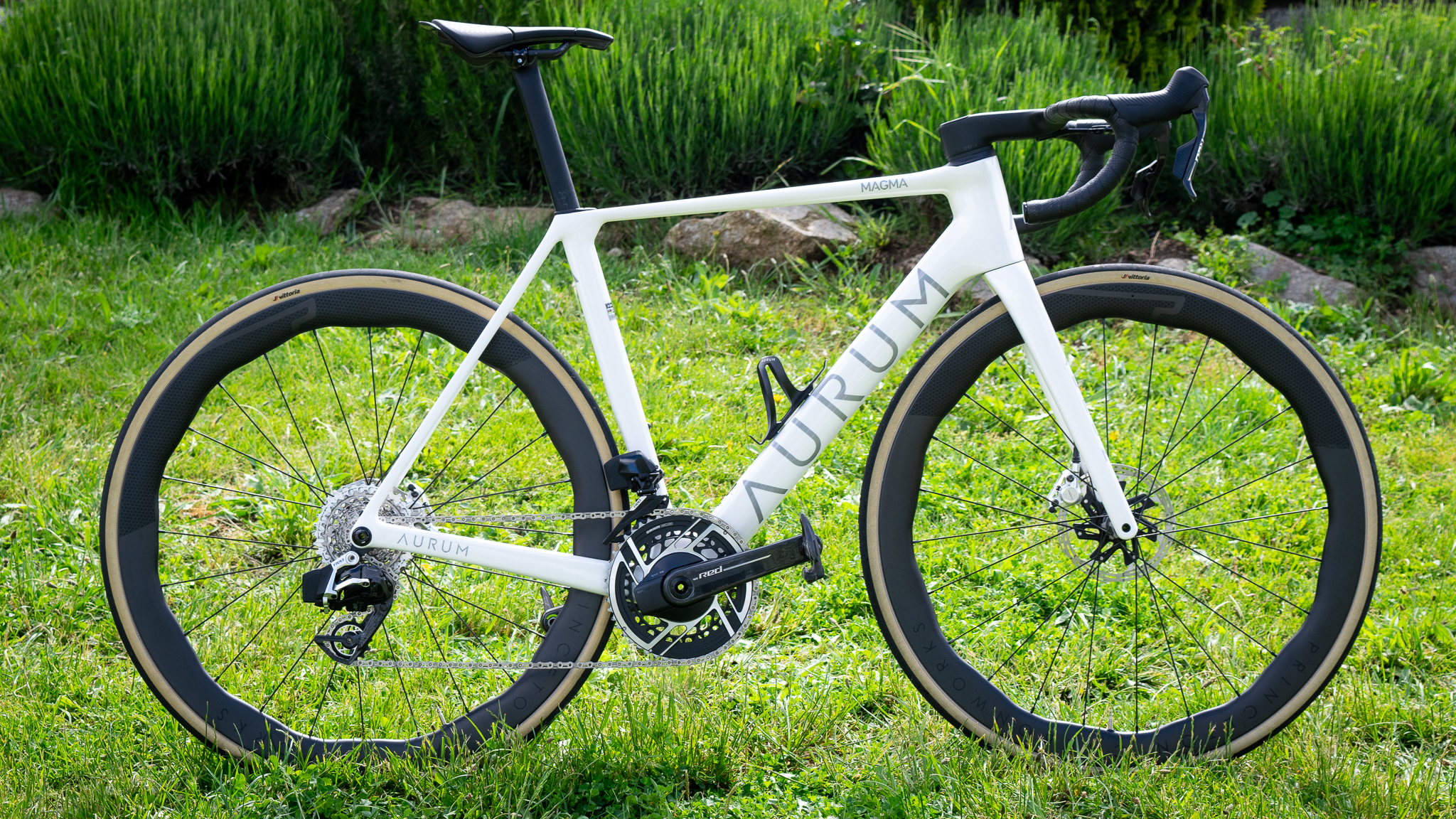Early Verdict
In my first ride on the Magma, I got a sense of it being a lightweight, nimble and exciting bike to ride. It promises to do everything well and I'm inclined to agree
Pros
- +
Clean, stylish aesthetics and frame silhouette
- +
Geometry and ride quality feel very good
- +
Claimed 17-watt saving over the old model is sizeable
Cons
- -
The too wide stock handlebar
You can trust Cyclingnews
Price: €11.899,00
Frame weight: 780 grams (54cm) unpainted
Sizes: 48-58
Spec options: Four builds, ten spec options
Bottom bracket: T47 threaded
Hanger: Sram UDH
Alberto Contador casually dropped the chain down several cogs and accelerated out of the saddle within the first kilometre of my test of the Aurum Magma with just enough intent to make me think to myself, "You better hold on to your hat". Thankfully for me, the winner of all three Grand Tours, multiple times, was simply getting up to speed and setting the tempo for the opening downhill section of the test ride at the Aurum Magma launch event.
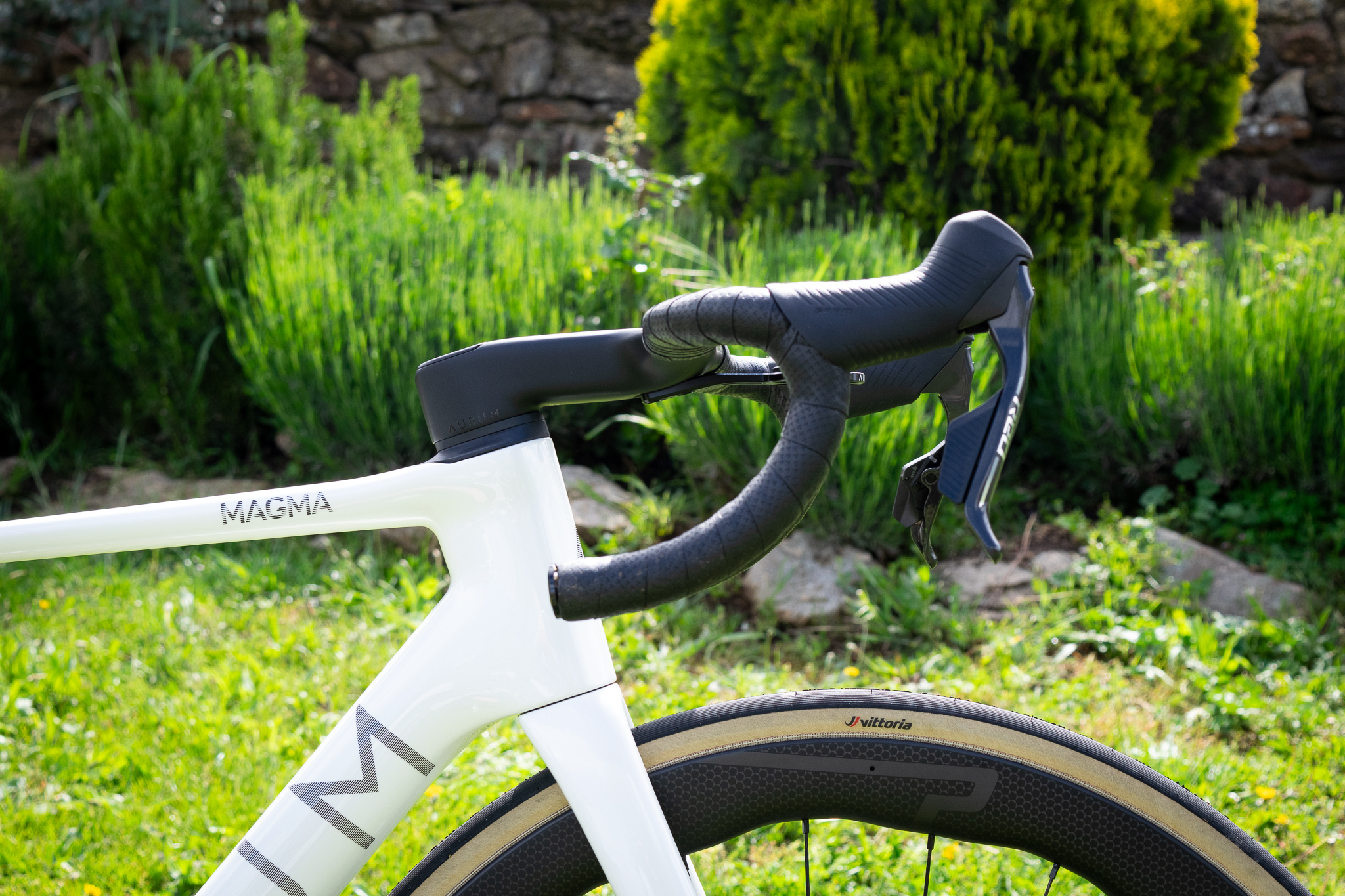
Aurum has achieved quite a lot in a short space of time. The range is three bikes strong now, and the brand, founded by Contador and Ivan Basso, has today rolled out a new version of their range-topping race bike, the Magma, itself raced on by the Polti-Kometa ProTeam.
The Magma, the brand's range-topper is in the words of Aurum 'capable of being the fastest uphill, downhill or on the flat'. In a nutshell, the Magma has been designed to do everything well. It has received more aero attention, more integration and the carbon construction has been improved. A few other things like the bottom bracket and rear hanger standard have also been tweaked. Check out our news piece for an in-depth dive into the design.
I was able to attend the bike's press launch in Madrid, Spain and spent a few kilometres testing out the latest version of the Magma to see if the input of riders of the calibre of Basso and Contador has produced something special.
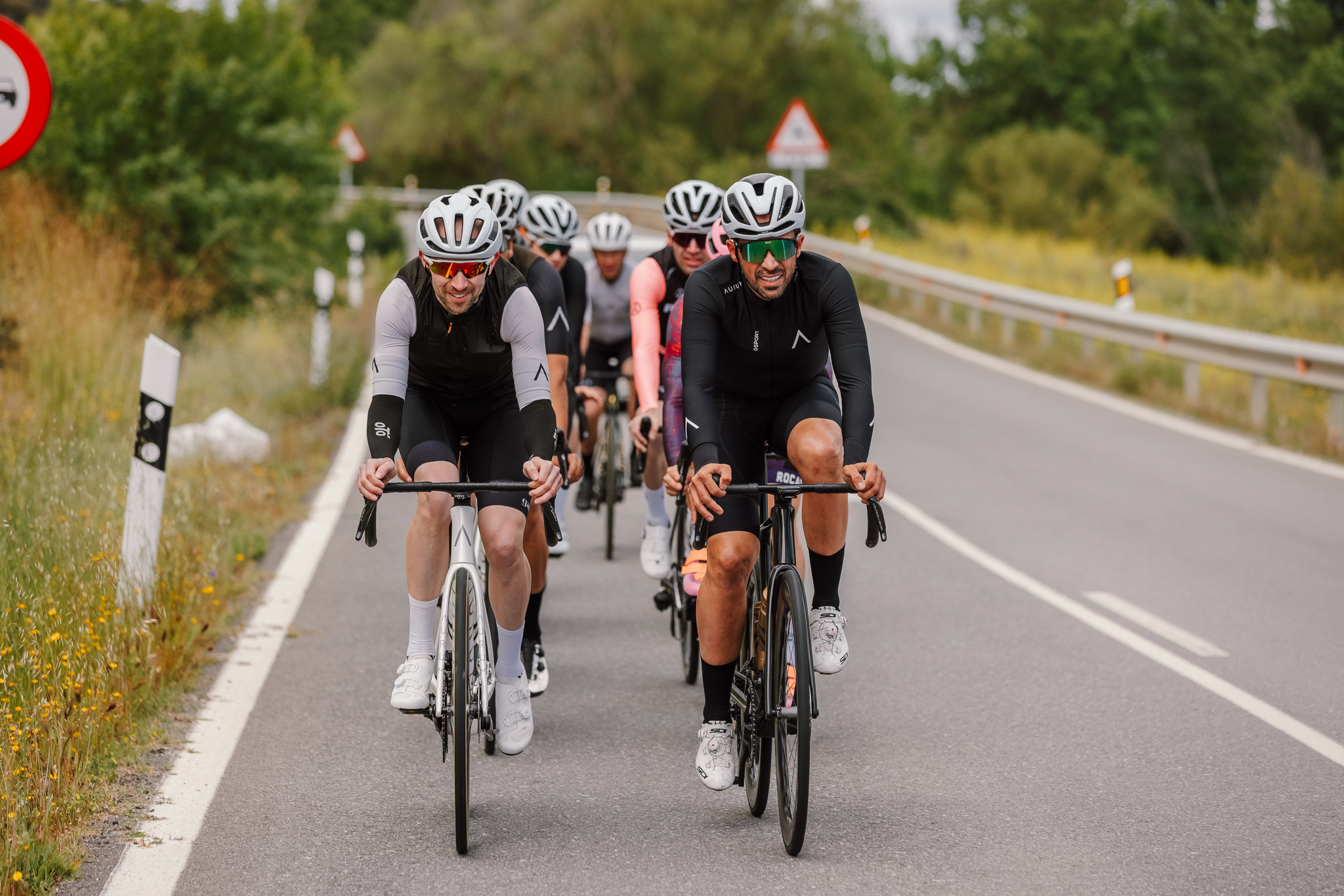
Design and Aesthetics
For starters, Aurum is Latin for Gold - a nod to the palmares of each of the company founders. The model name, Magma, is a nod to the volcanic landscape of Mt Teide, the scene of many hard training kilometres for the business partners.
Aesthetically, I really like the look of the Magma. The frame design is relatively traditional and un-dropped seatstays create a timeless shape. For an easy comparison, there's more aero tube profiling than something like the Specialized Aethos, and some of the frame shapes and silhouettes remind me a little of the Canyon Ultimate.
All bikes have a block colour paint scheme which I like, and the paint finishes I saw looked high-end and lustrous. Particularly the brand's raw carbon/ gold model which looked fantastic decked out in Dura-Ace and Lightweight wheels.
My 54cm test bike (I'm 176cm) was finished in glossy white with silver decals. I liked the simple, clean design and there weren't too many logos or unnecessary flourishes going on.
My bike was equipped with a top-end spec. It had the new Sram Red AXS groupset and Princeton 4550 wheels built around the very expensive Tactic TR01 hubs and fitted with Vittoria Corsa Pro 28mm tyres. The finishing kit took the form of Aurum's new integrated handler and stem, and its own seatpost topped with a Prologo Scratch saddle.
Aurum has now gone with an integrated handlebar and stem, saving a claimed 10 watts over the old setup which most riders would gladly take. I admired the choice to stick with slightly more easy-to-live-with cable routing and bar/stem options on the old model. This new setup is faster and lighter though and in today's market, that tends to take priority. I also really liked the curve and shape of the handlebar drops and felt comfortable hooked into them.
A Sram UDH hanger is now fitted along with a T47 threaded bottom bracket. Surely both are well-considered design choices. The UDH hanger standardizes fit, meaning no hunting for hangers should you ever need one, and a threaded bb will be music to a lot of people's ears.
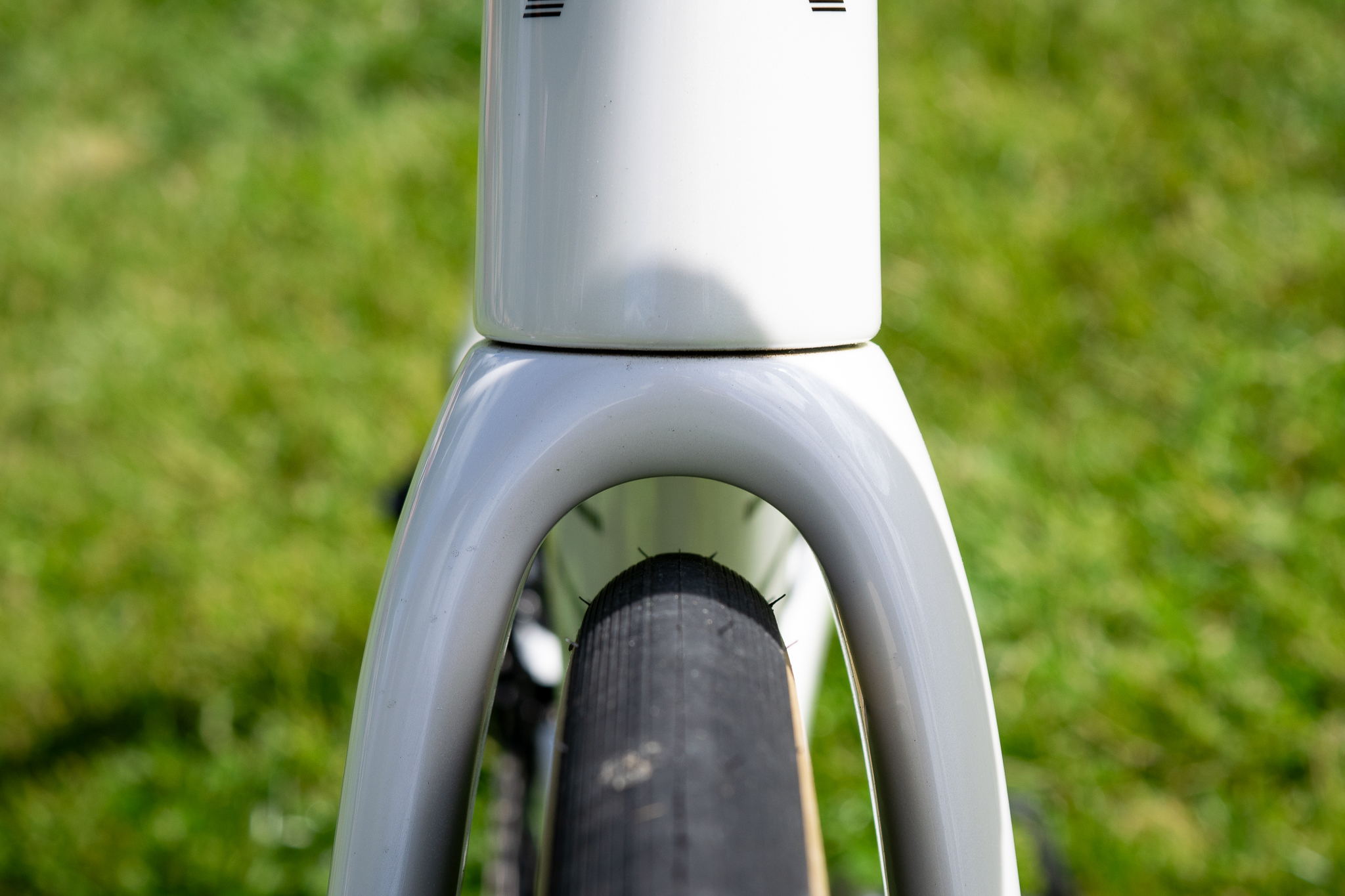
Performance
I had just under an hour on the new Magma, so this really is a true first-ride impressions piece. That said, the ride gave me a good insight into what the Magma is all about.
We tackled an out-and-back ride that started with a flowing downhill a few kilometres long that had a few false flats. I was a couple of riders back from Contador who set the pace on the front and we carried good speed through the bends. It was quick enough and windy enough up top to make me a little nervous at first on a new bike, with euro brakes and on unfamiliar terrain. Despite a slightly binding headset, I was feeling comfortable after a few kilometres and my confidence quickly grew to the point where things felt normal. The Magma felt stable at speed and the handling was precise and accurate. In the end, I could lean the bike into the bends and put it where I wanted.
This feeling of confidence grew and I felt at home on the Magma pretty much straight away. The geometry on my 54cm bike felt excellent, not super long and low as I had imagined, but a nice blend between comfortable and fast. Stack and reach numbers for that model are 545 and 386 respectively and as this is Contador's own size, some of this must have come from his input and we were told he is very involved with testing. My bike also features the inline seatpost option, though there is also one with setback available.
Power transfer felt good climbing, and the bike felt stiff and efficient when sprinting out of the saddle which I tested a couple of times. The Magma just felt light, direct and nimble. It didn't feel harsh or over-aggressive and I'm inclined to agree with Aurum's claims on the bike being a solid all-rounder, the ability to now fit 35mm tyres also offers up a few different options depending on what you're doing.
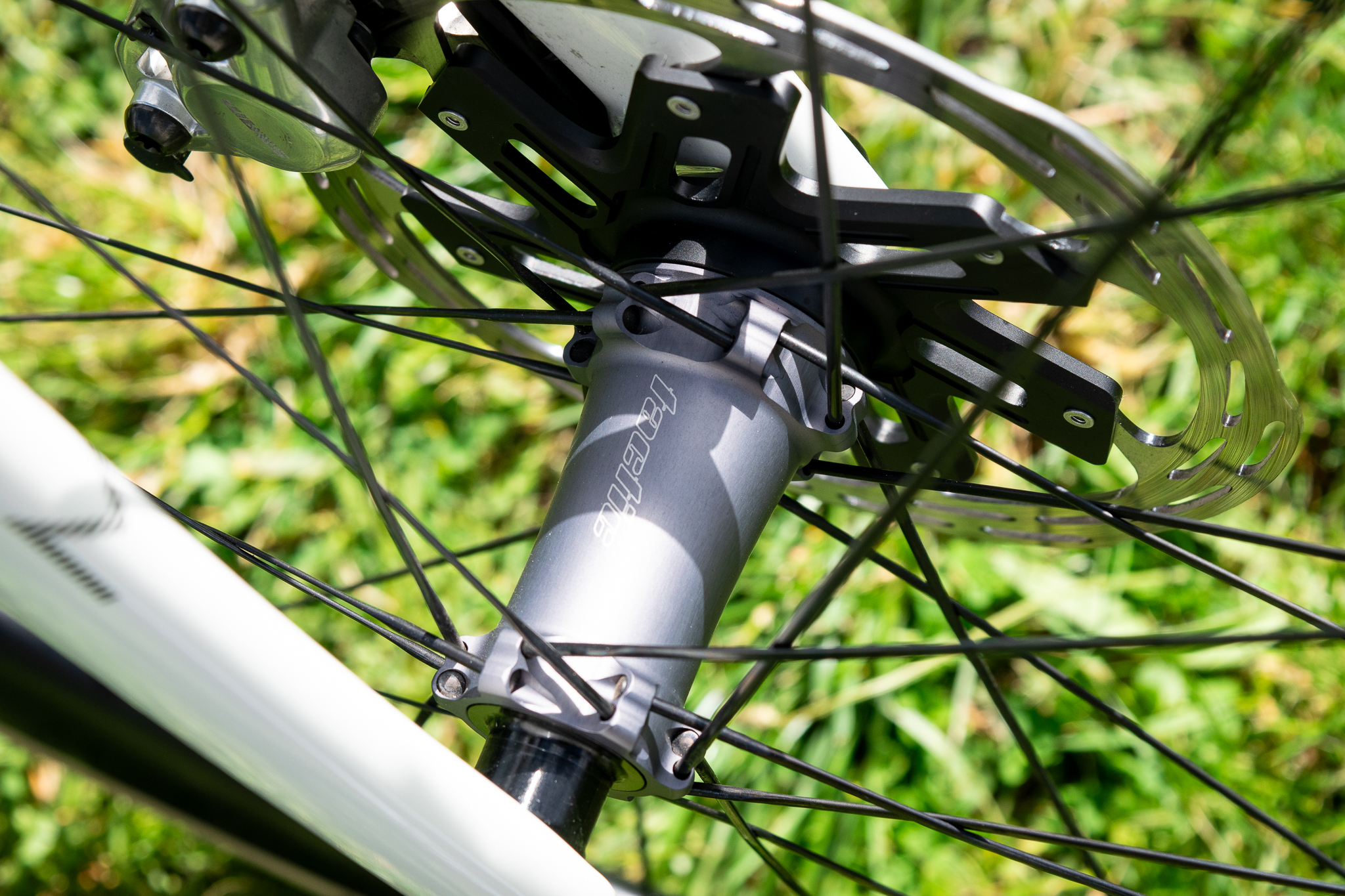
The high-end spec of my bike certainly didn't hold performance back. The new Sram Red AXS groupset is excellent, and the rather special Princeton wheels with Corsa Pro tyres felt fast and smooth and seemed to roll very well.
There were two things I didn't particularly like regarding my own test model. One, it had pretty wide handlebars, I believe they were 42s, but the bars must be measured inside to inside, making them a lot wider than the 38s or 40s I tend to ride. I think most customers buying a top-end performance road bike generally want a narrower handlebar as well these days. For me it just makes the bike feel unwieldy and I know it's costing me speed and watts. Though this wasn't my personal preference, I understand that Aurum customers choose their preferred bar/stem size from 15 different combinations at the point of order.
The second was a headset issue which made my test model's headset bind up slightly when riding. This wasn't great for the first few kilometres of descending. It didn't cause me much trouble in the end, but this wasn't good enough for a new test bike in my opinion. Aurum explained to me after that my bike required a micro headset spacer in the headset assembly to eliminate this issue and that each bike comes with three of these spacers. This is not uncommon and I've fitted micro spacers on top of headset split rings to achieve the correct pre-load and feel in the past. These spacers can be tricky to find at times (in the UK at least) so it's a nice touch the bikes come with them, it was just missed on my test model.
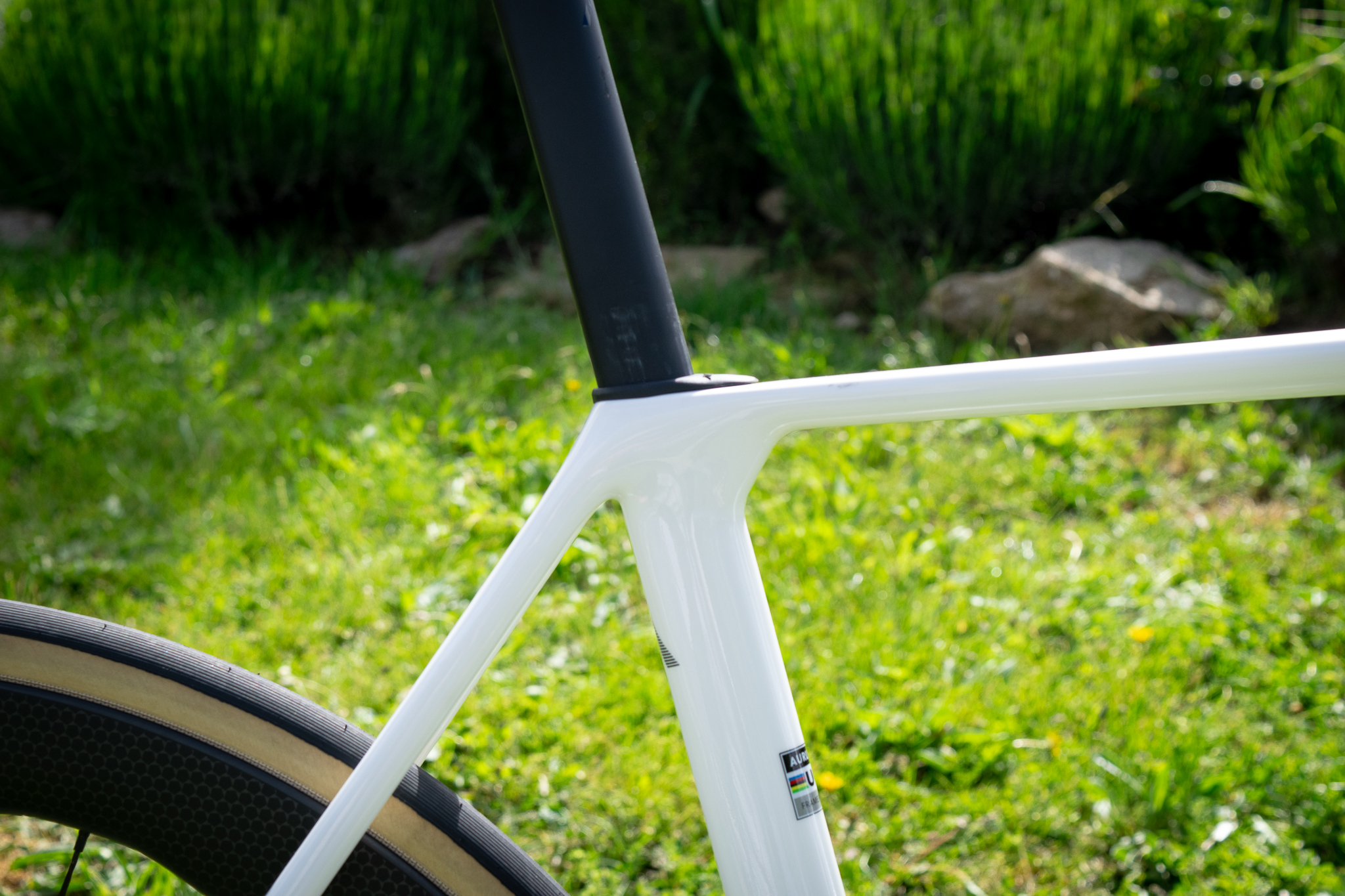
Early verdict
Aside from certain things not fitting me perfectly, I feel there could well be a very engaging and exciting frame to ride at the heart of the Magma.
Geometry, ride quality and handling all felt very good. The bike felt very light and direct, stable enough at speed and the handling was sharp and pinpoint. It's still refreshing to see non-dropped seatstays on high-end bikes now and I love the aesthetics, the same goes for the block paint colour and not over-the-top Aurum logos.
The Magma is designed to be an all-round race bike, dependable, fast and comfortable. I got a real sense of this, and it seems Aurum has rolled out a considered and well-executed update to their race bike.

Tom joined the Cyclingnews team in late 2022 as a tech writer. Despite having a degree in English Literature he has spent his entire working life in the cycling industry in one form or another. He has over 10 years of experience as a qualified mechanic, with the last five years before joining Cyclingnews being spent running an independent workshop. This means he is just as happy tinkering away in the garage as he is out on the road bike, and he isn’t afraid to pull a bike apart or get hands-on with it when testing to really see what it’s made of.
He has ridden and raced bikes from an early age up to a national level on the road and track, and has ridden and competed in most disciplines. He has a keen eye for pro-team tech and enjoys spotting new or interesting components in the wild. During his time at Cyclingnews, Tom has already interviewed some of the sport's biggest names including Mathieu van der Poel, Tadej Pogačar and Alberto Contador. He's also covered various launches from brands such as Pinarello, Ridley, Specialized and more, tackled the Roubaix Challenge sportive aboard his own rim-brake Cannondale SuperSix Evo, tested over 20 aero helmets in the wind tunnel, and has created helpful in-depth buying advice relating to countless categories from torque wrenches to winter clothing.
